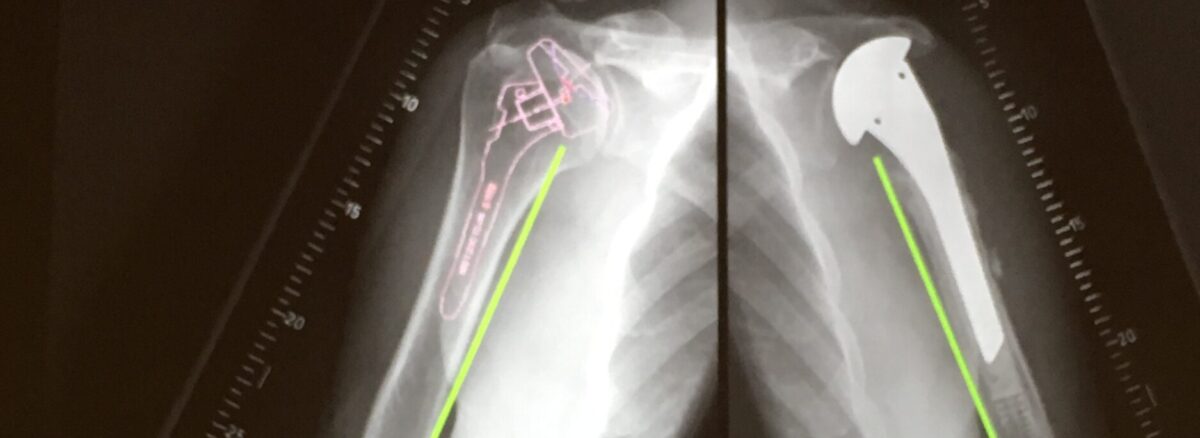Joint Replacement
What is joint replacement?
Joint replacement refers to one of a number of surgical procedures in which damaged or diseased parts of a joint are removed and artificial replacements are fitted. Joint replacement surgery can be performed on a number of joints in the body, most commonly the hip and knee, but joints in the shoulders, elbows, fingers, and ankles can also be replaced.
Why would you have a joint replacement?
Joint replacement surgery may be necessary if one of the patient’s joints has become damaged due to arthritis, disease, or simply wear and tear from age, and this damage is causing the patient pain and affecting their quality of life. The doctor will probably suggest more conservative treatments, such as physical therapy or medications, before recommending surgery.
Joint replacements can help to relieve pain and help the joint to regain some of its function, facilitating movement. However, the surface of the replacement can also wear away with time, and after 15-20 years another replacement may be necessary.
What does joint replacement involve?
The surgery is performed in a hospital or outpatient centre. The patient is anaesthetised so that they can’t feel pain during the operation. The surgeon will then remove damaged bone and cartilage from the joint and replace them with prosthetic parts, which may be made from metal, plastic, or ceramic.
How to prepare for joint replacement
In the weeks before the surgery, your doctor will run a series of tests, such as blood tests and a cardiogram to check your general health and plan the surgery. Your doctor will advise you on any preparation you will need to do for your particular operation. For many joint replacements, recovery can be a long process and may make movement difficult for a while – especially hip and knee replacements. For this reason, it is a good idea to plan ahead and make sure you have help and any assistive items, such as handrails or a shower bench after the surgery.
Post-operative care
Each patient and each operation is different, but in the vast majority of cases, physical rehabilitation is needed to aid recovery. Your doctor will usually advise you to start using the new joint soon after the surgery is complete, which should help to get your body used to it and speed up the recovery process.
There is often some pain afterwards, which can last for a few months, as the tissues heal and the muscles become strong again. Exercise can be challenging, but it is crucial to recovery, and your doctor will advise you on how to exercise the muscles around the joint. In the long term, joint replacement generally improves motion, reduces the pain felt previously, and improves the patient’s quality of life.


